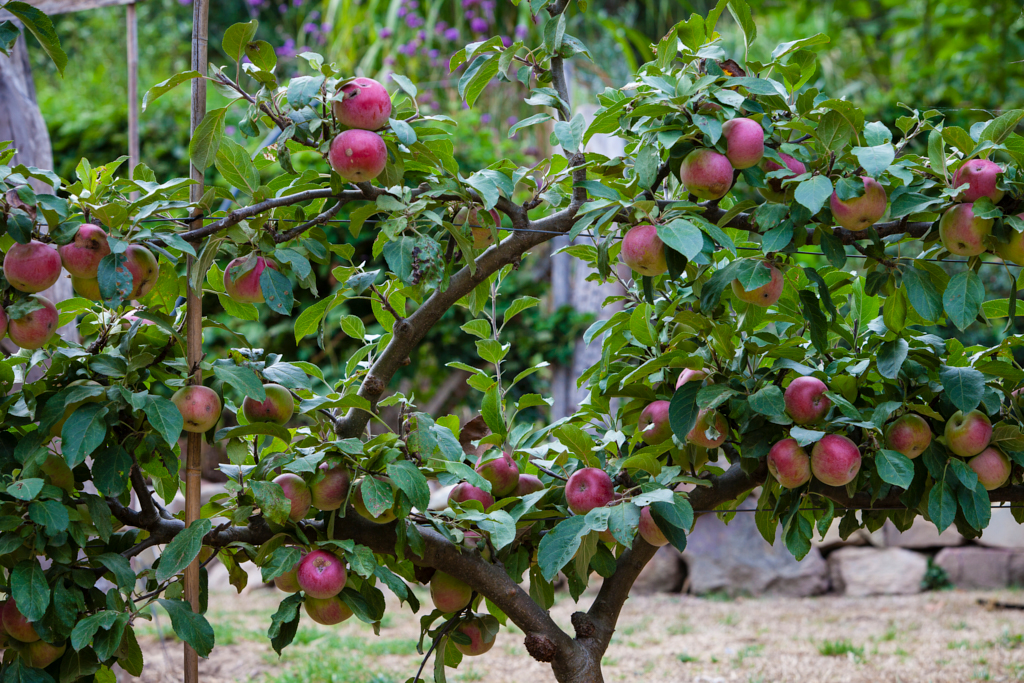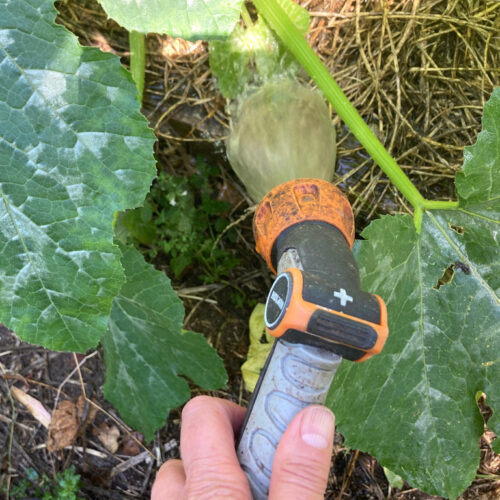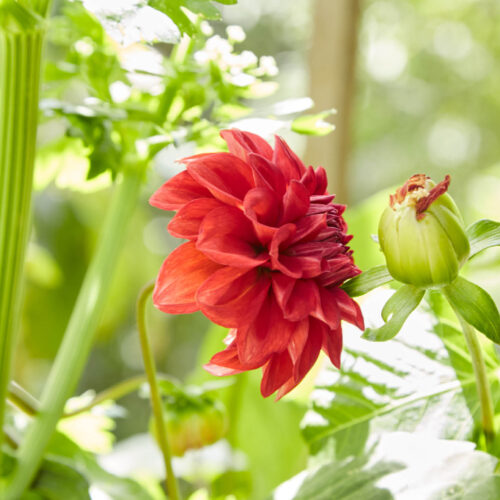Small space apple tricks
2019-02-07T03:52:01+11:00
Helen McKerral tells you all you need to know to grow apples in small spaces.
You can squeeze apples into small spaces in three ways: space-saving trees, specific pruning/training and specific cultivation techniques.
SPACE-SAVING APPLE TREES
Dwarfing roostocks
Most varieties are now available on dwarfing/semi-dwarfing rootstocks, so trees that normally grow very large may only reach 2–6m. In contrast to using dwarf rootstocks, trying to keep a large tree small through heavy pruning is hard work and stimulates vigorous vegetative growth at the expense of fruiting wood. The harder you prune, the more regrowth, creating an ever-increasing workload. Dwarf cultivars are easier to shape, and lighter pruning causes no over-vigorous response.
A few apple cultivars are true dwarfs, possessing more closely spaced nodes than other varieties. They have a naturally dense and lovely habit, require minimal pruning, and reach a maximum height of 2.5m.
Columnar cultivars
These have a tall, narrow growth habit without side branches and with fruiting spurs arising directly from the main stem. They fit perfectly into narrow spaces beside driveways or along fences. You can also train them into decorative sculptural S-shapes or as cordons.
Multi-grafted trees
Because apples are easy to bud and graft, even beginners can create trees with two or three cultivars. An Adelaide Hills specialist created an amazing (but high-maintenance) tree that originally had 80 varieties! If you don’t wish to create your own, specialist growers sell multi-graft apple trees with two or three appropriate cross pollinators. It’s important to match thevigour of your multi-graft cultivars so one doesn’t take over – pruning the more vigorous graft harder will only stimulate it to grow faster! If one is slightly more vigorous, orientate the tree at planting time so that it’s to the more shaded side. Prune multi-grafts to keep the centre open.
CULTIVATION TECHNIQUES
Pot culture
Apples on dwarfing rootstocks, true genetic dwarf and columnar trees all suit large pots. The new ‘Redlove’ apple with its purple foliage, dark-pink blossom and deep-red fruit makes a spectacular pot specimen. You can also espalier trees in pots – ideal for small courtyards or against a wall. Use quality free-draining mix and raise pots with pot feet for drainage. Pots should be widest at the top, or place a plastic pot with a second set of feet inside a larger ornamental one so you can easily remove the tree to root prune. Do this every few years for well-established plants by upending pots during dormancy. Shake off soil and remove some of the thickest roots crowding out feeder roots. Re-plant into fresh mix.
Multi-planting
This technique superficially creates the appearance of a multi-graft tree (indeed, the trunks will eventually graft together) and is pruned in a similar way to create an open vase shape. It in fact comprises two or three separate trees planted about 40cm apart in the same hole. Root competition keeps trees smaller, slower growing and easier to maintain than a single multi-graft. As for multi-grafts, choose cultivars and rootstocks of similar vigour, orienting the strongest to the south/most shaded side.
Shared trees
When I suggested an espalier boundary to my neighbour, she was thrilled at the idea of a fence that’s both beautiful and productive. Although posts are on the boundary, the trees are on my side, as are supporting wires. Another alternative is two cross-pollinators, one in your yard and one in your neighbour’s. Or, plant two on the boundary to share the fruit. In high-density living such as apartment blocks, neighbours with sunny balconies or courtyards can each grow a potted cross-pollinator.
Finally, you can mix and match all of the above techniques in your garden, say an espalier on a shed wall, potted trees in the courtyard, and columnar ones along the driveway.
For more gardening tips and ideas get the latest issue of ABC Organic Gardener Magazine here.






